The vast steppes of Mongolia have long been synonymous with the nomadic way of life, where the rhythm of existence is dictated by the seasons and the movement of herds. For centuries, the Mongolian people have thrived on horseback, their lives intertwined with the land and their animals in a delicate balance of freedom and survival. The image of a lone rider against an endless horizon encapsulates not just a cultural identity but a philosophy of resilience and adaptability. Yet, as the modern world encroaches upon these ancient traditions, the nomadic lifestyle faces unprecedented challenges, forcing many to reconsider their place between the steppe and the city.
The Horseback Culture: A Legacy of Freedom
To understand Mongolia is to understand the profound relationship between its people and their horses. From a young age, Mongolian children learn to ride, their bond with horses forged through necessity and reverence. The horse is not merely a means of transportation but a companion, a symbol of status, and a vital partner in the daily struggles of nomadic life. The annual Naadam Festival, with its thrilling horse races, is a celebration of this enduring connection, where riders as young as five showcase their skills, their small frames barely visible atop galloping steeds. The festival is more than a spectacle—it is a living testament to a culture that has survived the test of time.
Nomadic life is marked by its simplicity and self-sufficiency. Families move with their herds of sheep, goats, and yaks across the grasslands, setting up their gers (traditional yurts) in locations dictated by water and pasture. The ger, easily dismantled and transported, is a marvel of practicality, its circular design reflecting the harmony of nomadic existence. Inside, every object has its place, and the hearth at the center serves as both a physical and spiritual anchor. This way of life demands an intimate knowledge of the land, an ability to read the weather, and a deep respect for the natural world.
The Winds of Change: Modern Pressures on Nomadic Life
In recent decades, however, the nomadic lifestyle has come under increasing pressure. Climate change has brought harsher winters and more frequent droughts, disrupting the delicate balance of pastureland. The phenomenon known as dzud, a combination of extreme cold and heavy snow, has devastated herds, leaving families without their primary source of sustenance and income. Many herders, unable to recover from such losses, have been forced to abandon their way of life and migrate to urban centers like Ulaanbaatar in search of work.
The lure of modernity has also played a role in this shift. Younger generations, exposed to the conveniences and opportunities of city life, are increasingly reluctant to commit to the hardships of herding. Education, once a rare privilege for nomadic children, is now more accessible, but it often comes at the cost of cultural continuity. Schools in urban areas do not teach the skills needed for herding, and many children who leave for education never return to the steppe. This generational divide poses a significant threat to the survival of nomadic traditions.
The Urban Transition: A Double-Edged Sword
For those who move to the city, the transition is rarely smooth. Ulaanbaatar, Mongolia’s capital, has seen explosive growth in recent years, its outskirts crowded with makeshift ger districts where former herders struggle to adapt. Unemployment is high, and the lack of infrastructure—such as running water and proper sanitation—makes life difficult. Many find themselves caught between two worlds: no longer able to return to the pastoral life they once knew, yet unable to fully integrate into urban society.
The cultural dislocation is profound. In the steppe, time is measured by the sun and the seasons, and community ties are strong. In the city, the pace is relentless, and the sense of isolation can be overwhelming. Some attempt to preserve their traditions, setting up small livestock operations on the city’s fringes or maintaining a ger as a nostalgic link to their past. But for most, the old ways are slipping away, replaced by the demands of a globalized economy.
Preserving the Past, Embracing the Future
Despite these challenges, there are efforts to sustain Mongolia’s nomadic heritage. Organizations and government programs are working to support herders through improved veterinary services, pasture management, and disaster preparedness. Eco-tourism has also emerged as a promising avenue, offering visitors a chance to experience nomadic life while providing herders with an alternative income stream. These initiatives, however, must strike a delicate balance—preserving traditions without romanticizing poverty or resisting necessary change.
The Mongolian government faces a difficult task: how to modernize without erasing a culture that defines the nation’s identity. Policies that promote rural development, education tailored to nomadic needs, and incentives for sustainable herding could help bridge the gap between tradition and progress. At the same time, urban planning must address the needs of migrants, ensuring that the move to the city does not mean the loss of dignity or community.
The story of Mongolia’s nomads is one of resilience in the face of change. Their way of life, honed over millennia, is a testament to human adaptability and respect for the natural world. Yet, as the pressures of the modern era mount, the question remains: can the spirit of the steppe survive in an age of concrete and smartphones? The answer may lie not in choosing between the past and the future, but in finding a way to carry the wisdom of the nomadic life forward into an uncertain world.
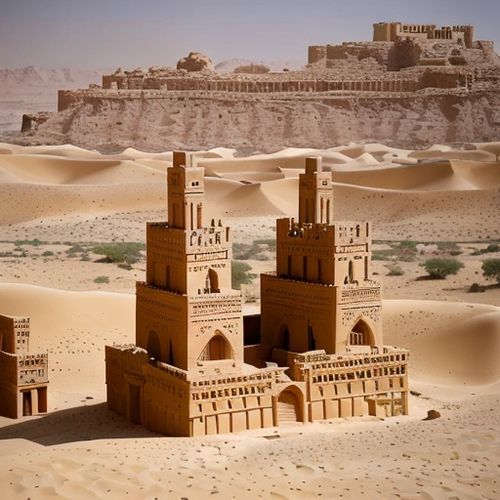
By /May 11, 2025
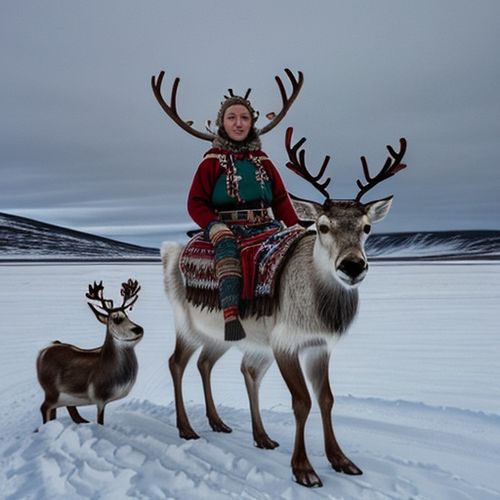
By /May 11, 2025
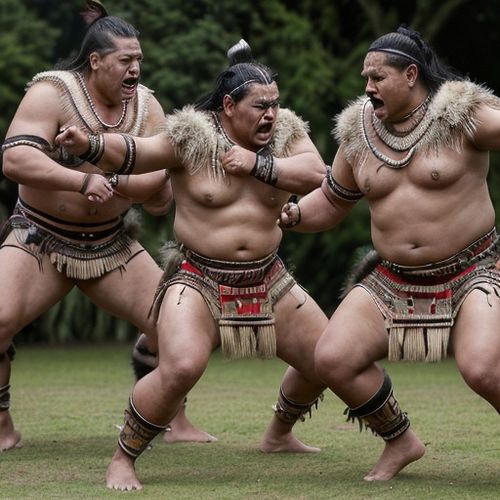
By /May 11, 2025

By /May 11, 2025
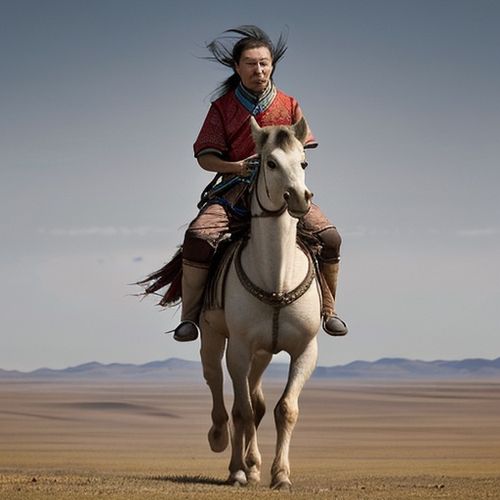
By /May 11, 2025
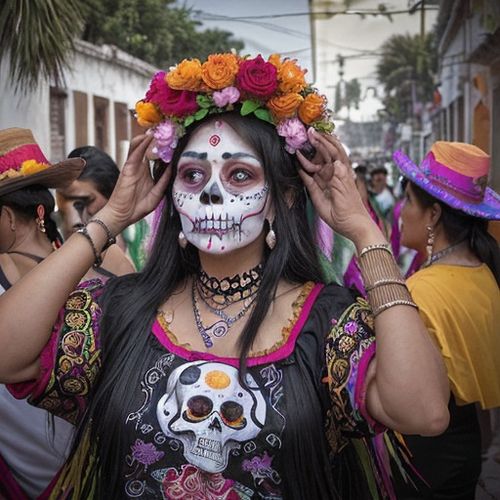
By /May 11, 2025
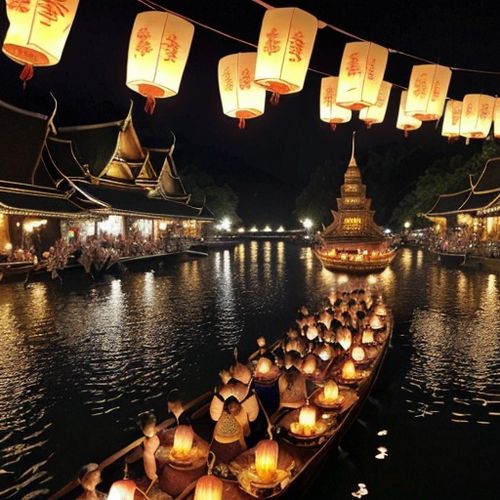
By /May 11, 2025
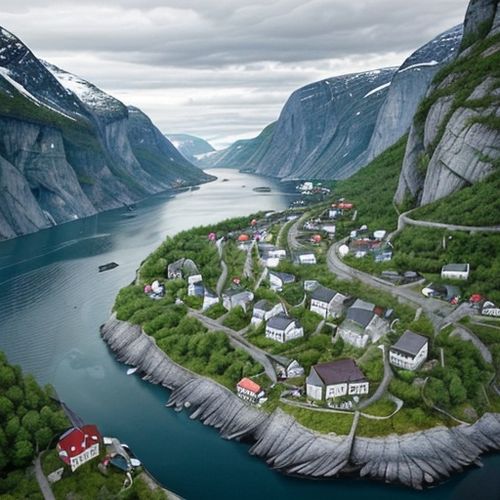
By /May 11, 2025
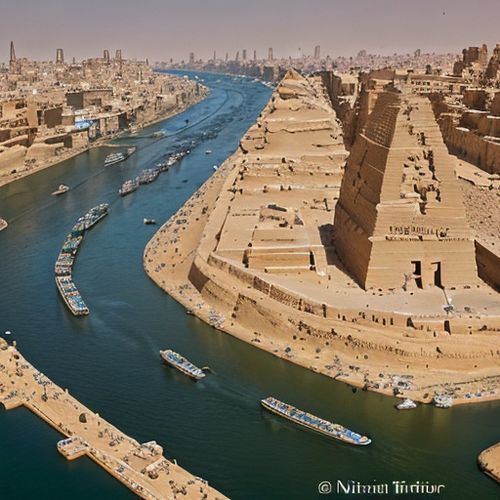
By /May 11, 2025
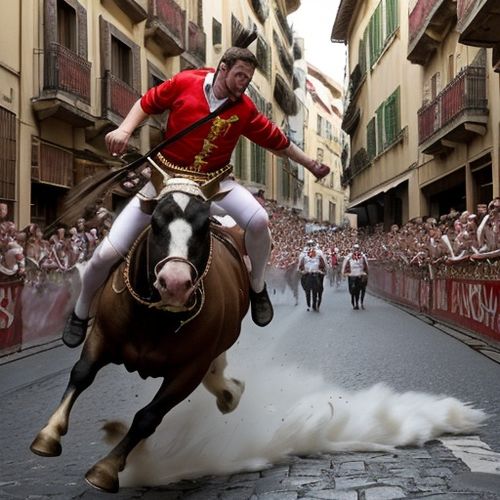
By /May 11, 2025

By /May 11, 2025
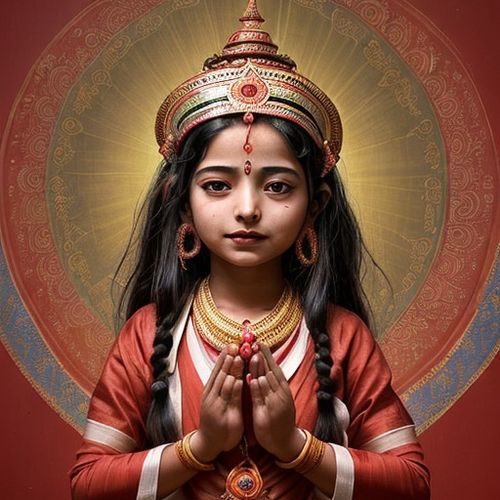
By /May 11, 2025
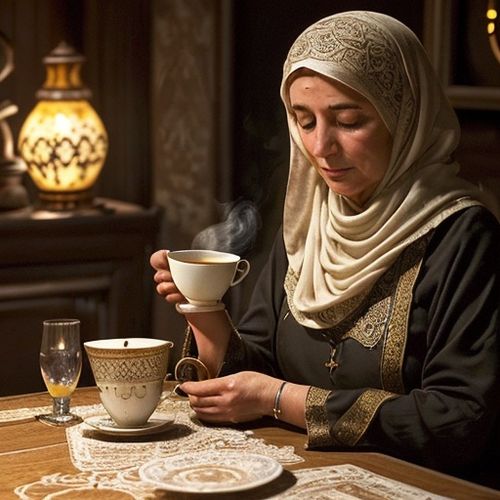
By /May 11, 2025
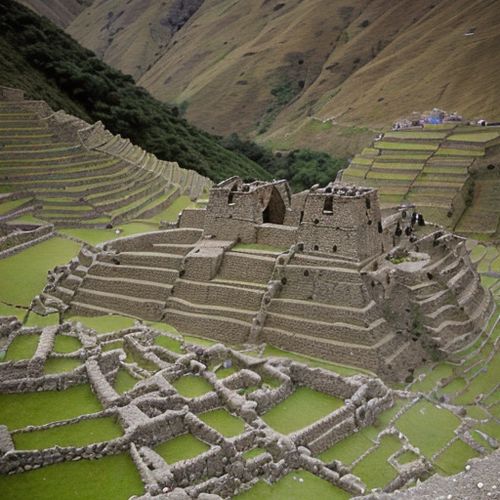
By /May 11, 2025
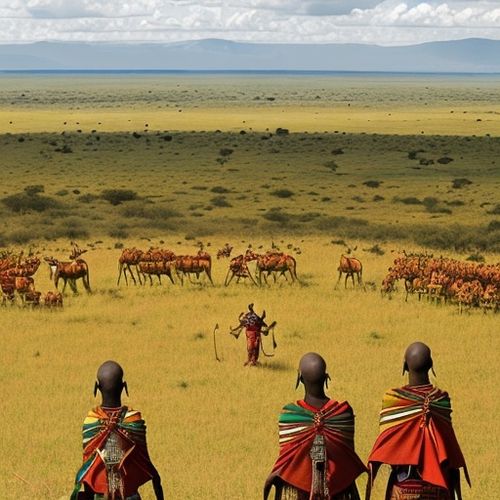
By /May 11, 2025
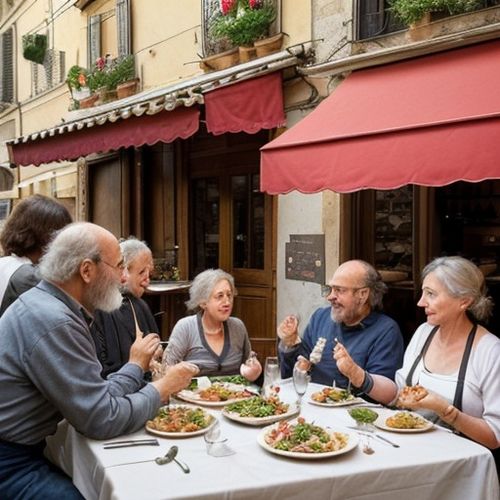
By /May 11, 2025
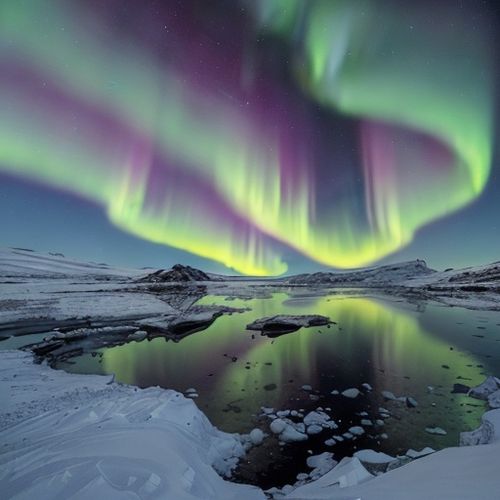
By /May 11, 2025
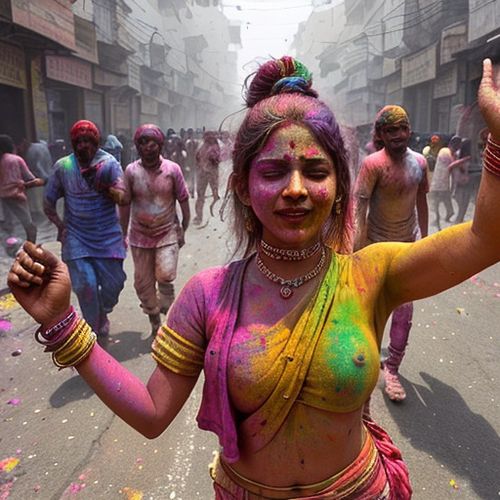
By /May 11, 2025
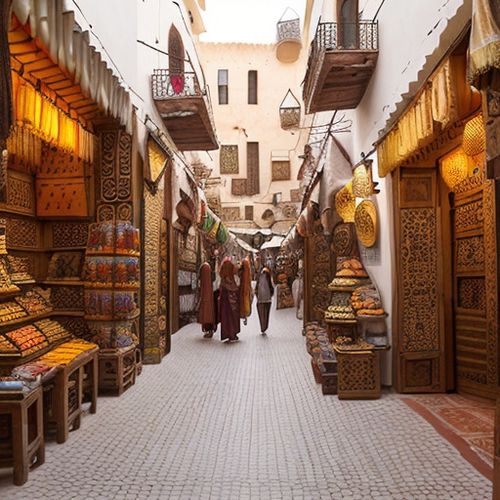
By /May 11, 2025

By /May 11, 2025